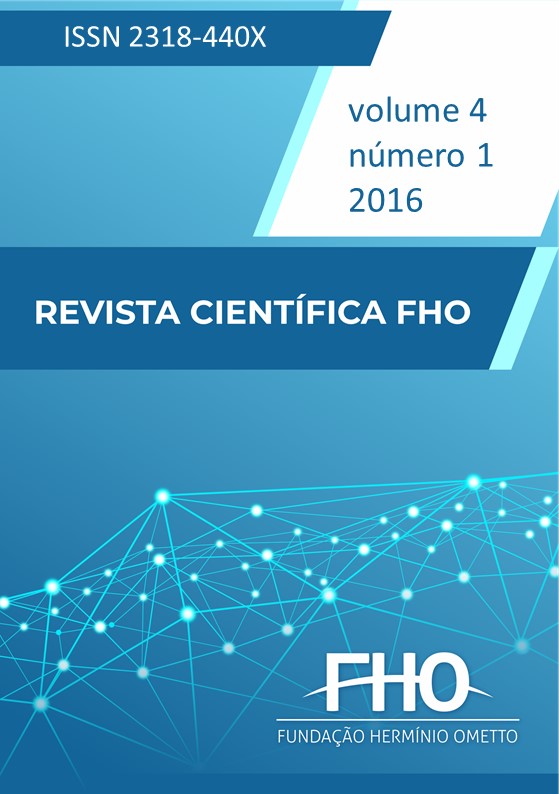Abstract
The contamination of fungus in commercial cereal bars has become more analyzed over the years, since this food provides a favorable environment for the growth of these microorganisms, since they have high carbohydrate concentration, low water activity and high acidity, the latter related to the addition of fruits. Fungus are potentially harmful to health in immunocompromised individuals, as in the case of patients with Acquired Immunodeficiency Syndrome (AIDS) and those who undergo chemotherapy. With increased adherence of healthy, nutritious and practical foods such as cereal bars, there is also an increased risk of food poisoning through microorganisms. The objective of this study was to evaluate microbiologically the presence of fungus in commercial cereal bars and to identify the macro and microstructures of isolated fungus. Seven groups of brands of cereal bars composed of the most varied flavors, such as strawberry, coconut, banana, mango, guava, apple pie and lemon tart were researched. Initially, a 10% Tartaric Acid Potato Dextrose Acid (APD) surface spreading technique was used, which was inoculated with 0.1 mL of the sample diluted in peptone water at 10-1 , 10- 2 and 10-3 concentrations. In order to evaluate the growth of the fungi, macroscopically the texture and color of the colony, the color of the reverse and the aspect of the colony, and microscopically, the structures of reproduction and nutrition through the microculture were observed. Among the samples, three were positive, in which the presence of the fungus of the genus Penicillium sp was verified, being necessary the microbiological control for this fungus. Thus, it is suggested to include the evaluation of these in laboratory analyzes of quality control, since, when present, these microorganisms present a risk to the consumer's health due to the potential production of mycotoxins by some species of fungus. It is also understood that there is a need for microbiological control throughout the production process, from planting to the final product commercialization stage.
References
BRASIL. Congresso. Senado. Resolução no 17, de 1991. Autoriza o desbloqueio de Letras Financeiras do Tesouro do Estado do Rio Grande do Sul, através de revogação do parágrafo 2o , do artigo 1o da Resolução no 72, de 1990. Coleção de Leis da República Federativa do Brasil, Brasília, DF, v. 183, p. 1156-1157, maio/jun. 1991.
BRASIL. Ministério da Saúde. Agência Nacional de Vigilância Sanitária (ANVISA). Resolução RDC nº 12, de 2 de janeiro de 2001. Regulamento Técnico sobre Padrões Microbiológicos para Alimentos. Diário Oficial [da] República Federativa do Brasil. Brasília, DF, 10 jan. 2001. Seção 1, p.45-53.
CONKOVÁ, E. et al. Fungal contaminations and the levels of micotoxins (DON and OTA) in cereal sample from Poland and East Slovakia. Czech J Food Sci., v. 1, n. 24, p. 33-40, 2006.
DILKIN, P. et al. Classificação macroscópica, identificação da microbiota fúngica e produção de aflatoxinas em híbridos de milho. Ciência Rural, Santa Maria, v. 1, n. 20, p. 137-41, 2000.
FRANCO, B. D. G. M.; LANDGRAF, M. Microbiologia de alimentos. 4. ed. São Paulo: Atheneu, 2004.
KERN, M. E.; BLEVINS, K. S. Micologia Médica. 2. ed. São Paulo: Premier, 1999.
LACAZ, C. S; PORTO, E.; MARTINS, J. E. C. Micologia Médica. 8. ed. São Paulo: Sanvier, 1991.
MARINI, L. J. Qualidade de grãos de aveia sob secagem intermitente em altas temperaturas. Ciência Rural, Santa Maria, v. 37, n. 5, p. 1268-1273, out. 2007.
MAZA, L. M. D. L.; PEZZLO, M. T.; BARON, E. J. Atlas de diagnóstico em microbiologia. Porto Alegre: Artmed, 1999.
MEIRELES, F.; SREBERNICH, S. M. Barra de Cereal Diet – controle microbiológico das melhores formulações obtidas através da metodologia de superfície de resposta. In: ENCONTRO DE INICIAÇÃO CIENTÍFICA DA PUC-CAMPINAS, 13., Campinas, 2008. Anais..., Campinas, nov. 2008.
PELUQUE, E. Isolamento, identificação molecular e potencial toxigênico de fungos e ocorrência de micotoxinas em misturas de cereais comercializadas no Brasil. 2014. 81 f. Tese (Mestrado)-Curso de Engenharia de Alimentos, Universidade de São Paulo, Pirassununga, 2014.
RUPULLO, G. et al. Efeito da umidade e do período de armazenamento hermético na contaminação natural por fungos e a produção de micotoxinas em grãos de aveia. SciELO – Ciências Agrotécnicas, Lavras, v. 30, n. 1, p. 118-125, jan. 2006.
SILVA, L. F. Fungos: um estudo sobre a sua ocorrência nos alimentos. 2008. 30f. Tese (Doutorado em Microbiologia) – Instituto de Ciências Biológicas da Universidade Federal de Minas Gerais, Belo Horizonte, 2008.
SILVA, N.; JUNQUEIRA, V. C. A.; SILVEIRA, N. F. A. Manual de métodos de análise microbiológica de alimentos. 2. ed. São Paulo: Varela, 2001.
SILVEIRA, N. S. S. et al. Doenças fúngicas pós-colheita em frutas tropicais: patogênese e controle. Revista Caatinga, Mossoró, v. 18, n. 4, p. 283-299, dez. 2005.
SREBERNICH, S. M; MEIRELES, F; LOURENÇÃO, G. Avaliação microbiológica de barras de Cereais diet por meio de agente ligante colágeno hidrolisado e goma acácia. Revista Científica Médica, Campinas, n. 20, p. 5-13, jan. 2011.
STELATO, M. M. et al. Contaminação fúngica em barras de cereais comercializadas. Rev. Inst. Adolfo Lutz, São Paulo, v. 3, n. 69, p. 285-290, set. 2010.
TRABULSI, L. R; ALTERTHUM, F. Microbiologia. 5. ed. São Paulo: Atheneu, 2008.

This work is licensed under a Creative Commons Attribution-NonCommercial 4.0 International License.
Copyright (c) 2016 Carolina Perim; Janaína Aparecida Pinto da Costa; Fernando Russo Costa do Bomfim
